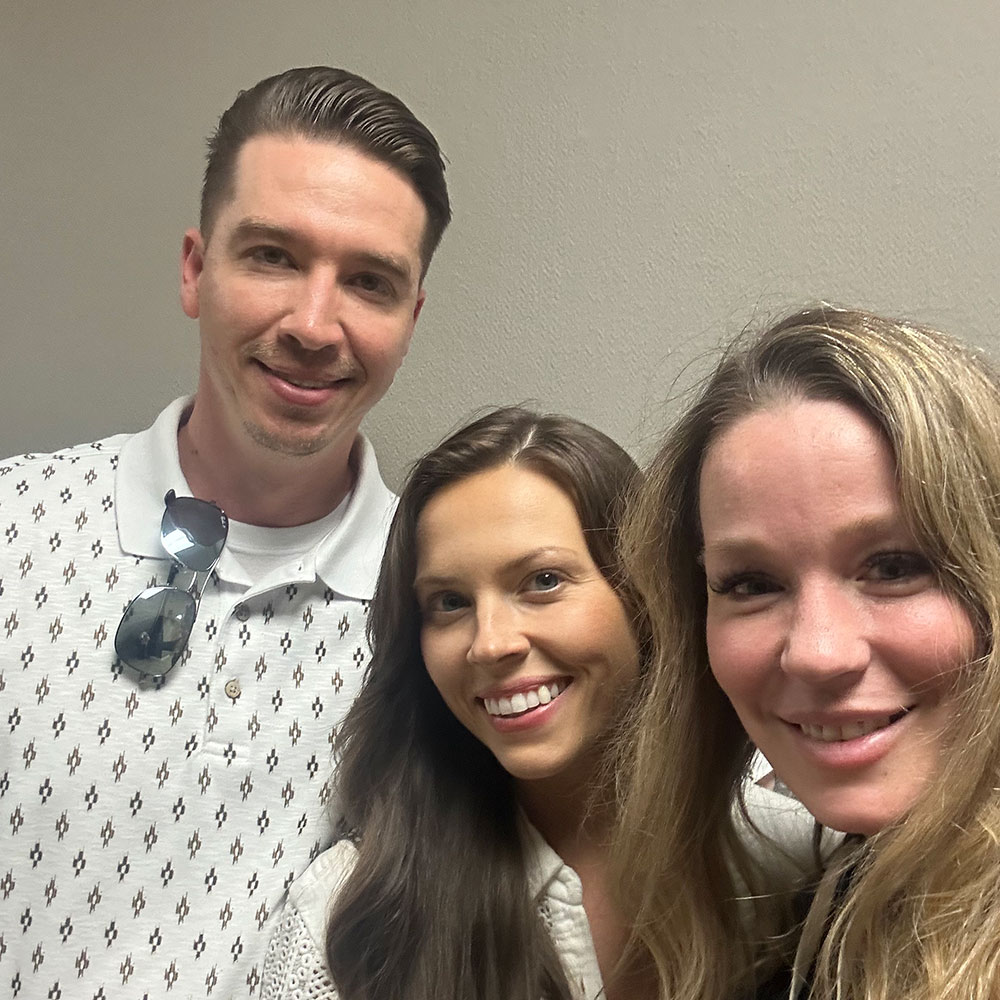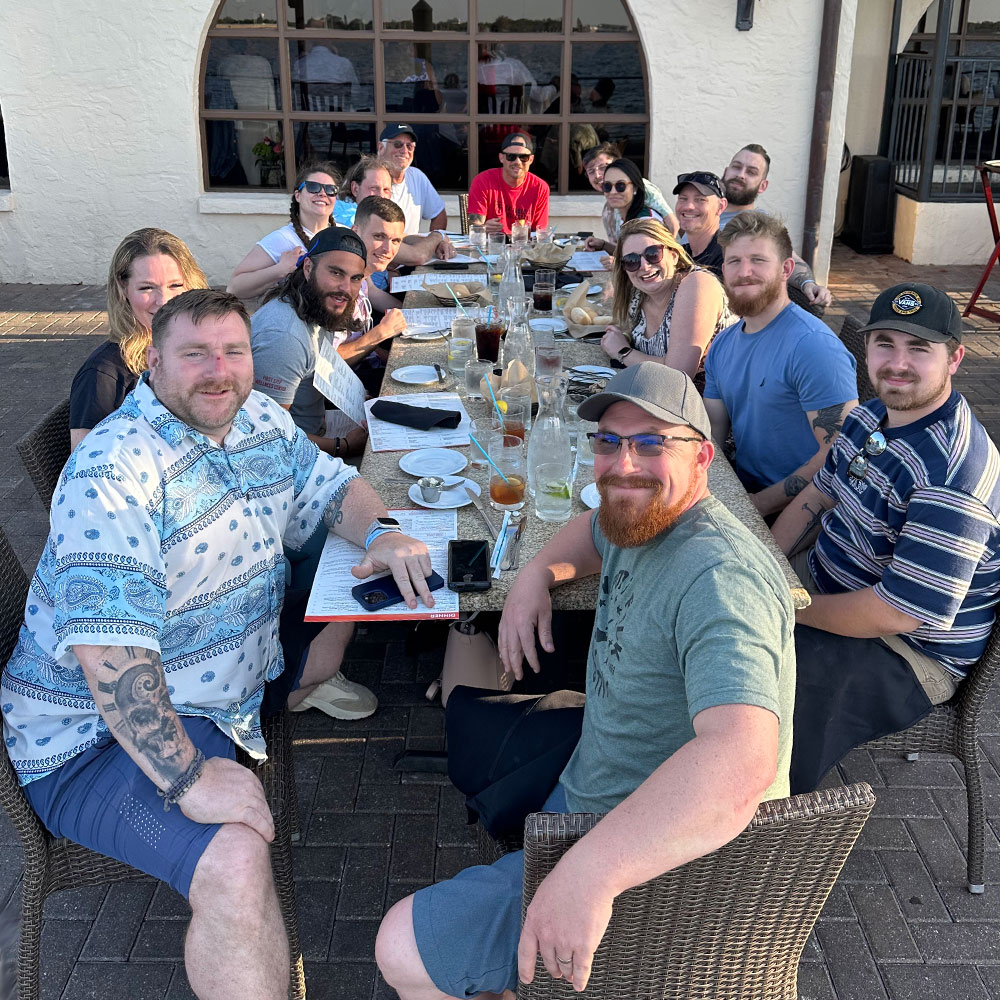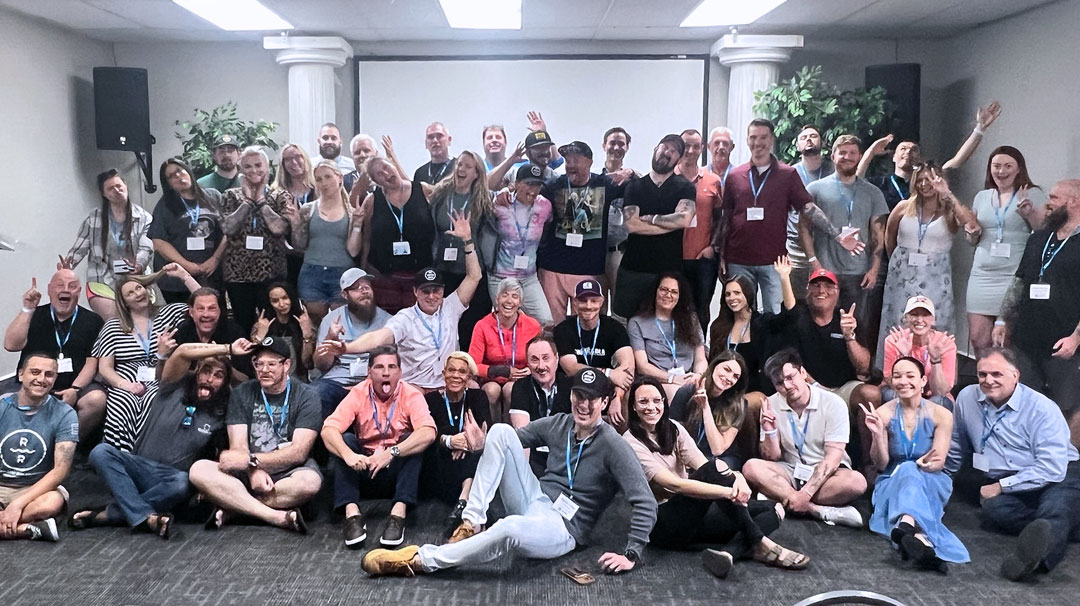Last week, I went to a conference in Bradenton, Florida called the Treatment Professionals in Alumni Services’ Spring Collaborative. This event feels more like a retreat in the sense it is in a very intimate setting that favors open and honest discussion and lots of interaction, and is a great opportunity for those who work in Substance Use Disorder (SUD) and behavioral health treatment to get together to discuss what’s new in the field and what’s working with their respective clients and programs. Because the event’s agenda is largely dictated by the participants and their questions, areas of individual expertise, and unique program needs, the schedule is such that it adds value to the knowledge base of every participant involved.
Other than the prospectus being determined at the conference by attendees, the collaborative is also unique in that it is attended predominantly by those who work in program aftercare and alumni services – a group I don’t get to connect with at conferences as much as I would like but who are tremendously well-informed about client needs as they transition out of formal treatment and resume their lives. I learned a number of new things sure to be helpful for anybody struggling with SUD, as well their families and friends and the treatment professionals who help them.
One thing that I noticed in particular is that there are a lot of different types of people working in SUD treatment. Of course people in the field take on a wide range of roles and career paths, but the backgrounds and personal interests of individuals in this industry seem particularly diverse – and getting more so as society increasingly embraces the ideology that there are many pathways to recovery and different routes to the same end goal. The second day there, I was reminded of the phrase, “You are in recovery when you say you are,” which is a statement that really speaks to me – somebody who found recovery through a less-mainstream process. I was buoyed by the wide acceptance of Medication-Assisted Treatment (MAT). Even a few years ago, I felt that only the most progressive and forward-thinking providers embraced MAT, but I was delighted to see that is no longer the case and that there is now a wide variety of 12-step programs being presented by treatment programs. It is important to know that, no matter how you choose to do your own recovery, you don’t have to do it alone. There are people who want to help you, and they have different skills and experiences that can be really useful.
It was also abundantly clear that many of those who find the most success in recovery either stay in treatment for longer durations of time or stay connected to their treatment centers even after graduation from their program. Just because you leave the treatment center doesn’t mean you have to do recovery alone or that you cannot utilize the center’s personnel and resources. Alumni programs exist for just that reason. The first week out of treatment can be very daunting and you might feel alone or like you don’t have anyone to talk to, but maintaining contact with your supports and peers you may have gone through the program with can make a big difference. Make sure you have access to groups, relevant and helpful information, and multiple support systems even after you leave the program. (In my opinion, this is where the work really begins.) That way, you can keep making progress and stay on track with your recovery – and if you do slip, you know where to turn for help to get you right back on track. While relapse absolutely does not have to be part of recovery, the unfortunate reality is that, for some, it is; getting yourself immediately back on the right pathway not only makes it much easier to pick up where you left off, but it can also reduce further consequences of using and possibly even save your life.


Another interesting thing I noticed during the event was just how much the SUD treatment field is changing and demonstrating a willingness to try new innovations. For a long time, it seemed that treatment centers did things a certain way, and they didn’t really change much. But now, people are experimenting with different types of treatment modalities and increasingly using technology to improve upon the status quo. For example, some treatment organizations are home-based, where you can receive treatment in a private and familiar environment instead of having to leave your job, family, and home and admit into a treatment center. These newer programs show great promise and are an interesting alternative for those who have not been successful at a more traditional program or who are limited in their ability or willingness to leave their lives for a month or more to check into a treatment program. Other programs are utilizing digital therapeutics and wearables. Pretaa, for example, is showing tremendous results at its current program sites and has helped clients recognize early physiological warning signs of relapse and seek support before resuming using again. In addition, understanding the mind-body connection has helped clients learn to self-regulate and feel a sense of efficacy and control over their own recovery.
Lastly, at the conference I was reminded that you can still have so much fun even if you’re in recovery. Sometimes people worry that if they stop drinking or using drugs, they won’t be able to have fun anymore. I have even heard individuals lament, upon entering treatment, that their life is “over”. That is simply not true – and in fact, my experience over the last several years has been completely the opposite! For example. at the conference, complete strangers were having a great time getting to know one another, socializing, and hanging out – all without alcohol or drugs. It is completely possible to have a fun and fulfilling life without substances.
For those in the TLDR camp who are either struggling with SUD or have a family member or loved one suffering in active addiction, here are the highlights to keep in mind:
- You don’t have to do this alone. There are people who want to help you, and they have different skills and experiences that can be really useful. Reach out for help if you need it.
- Have a thorough system in place for aftercare. After you leave treatment, it’s important to have a concrete plan for how you’ll stay connected and continue your progress. Talk to your counselor, case manager, and/or alumni team about what kind of support you’ll need and what you can do to improve your chances of success.
- If you’re a family member or friend of someone who is in treatment, ask them what they need from you. Maybe they need help finding a support group, or maybe they just need someone to talk to. Whatever it is, let them know that you’re there for them and accept them where they are in their recovery. It is important to use non-stigmatizing language and to be empathetic and understanding.
- Stay open to new ideas and treatments. Sometimes it can be hard to change the way things have always been done, but trying new things can help more people get the help they need and many innovations are showing massive promise.
- Remember that sobriety doesn’t mean the end of fun. There are so many things you can do that don’t involve drugs or alcohol. Maybe you’ll pick up a new hobby, or maybe you’ll spend more time with friends who are also in recovery. Whatever it is, know that it’s possible to have a happy and fulfilling life without substances.
Overall, the TPAS Spring Collaborative showed that SUD treatment is changing and evolving, and that’s definitely a good thing!

